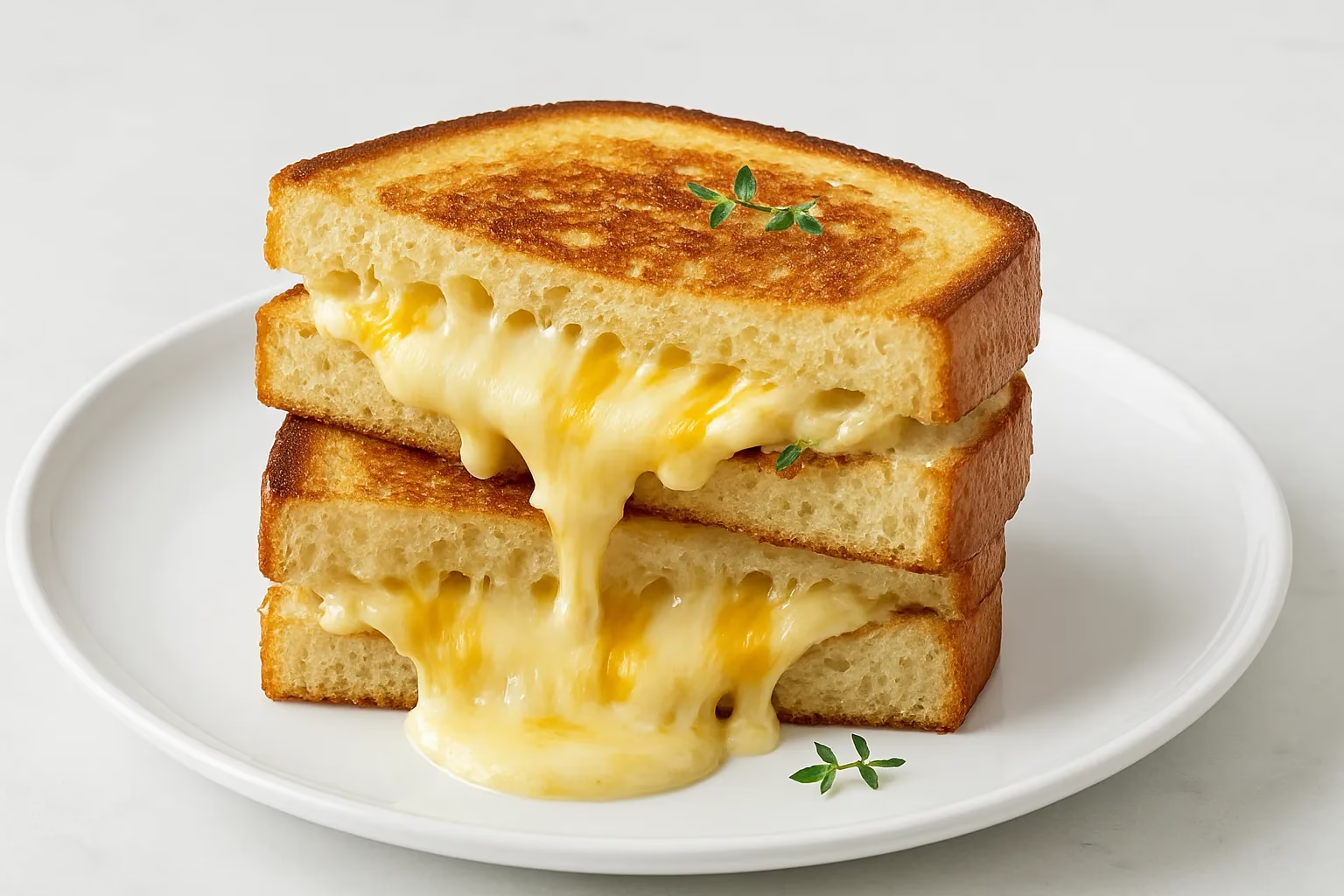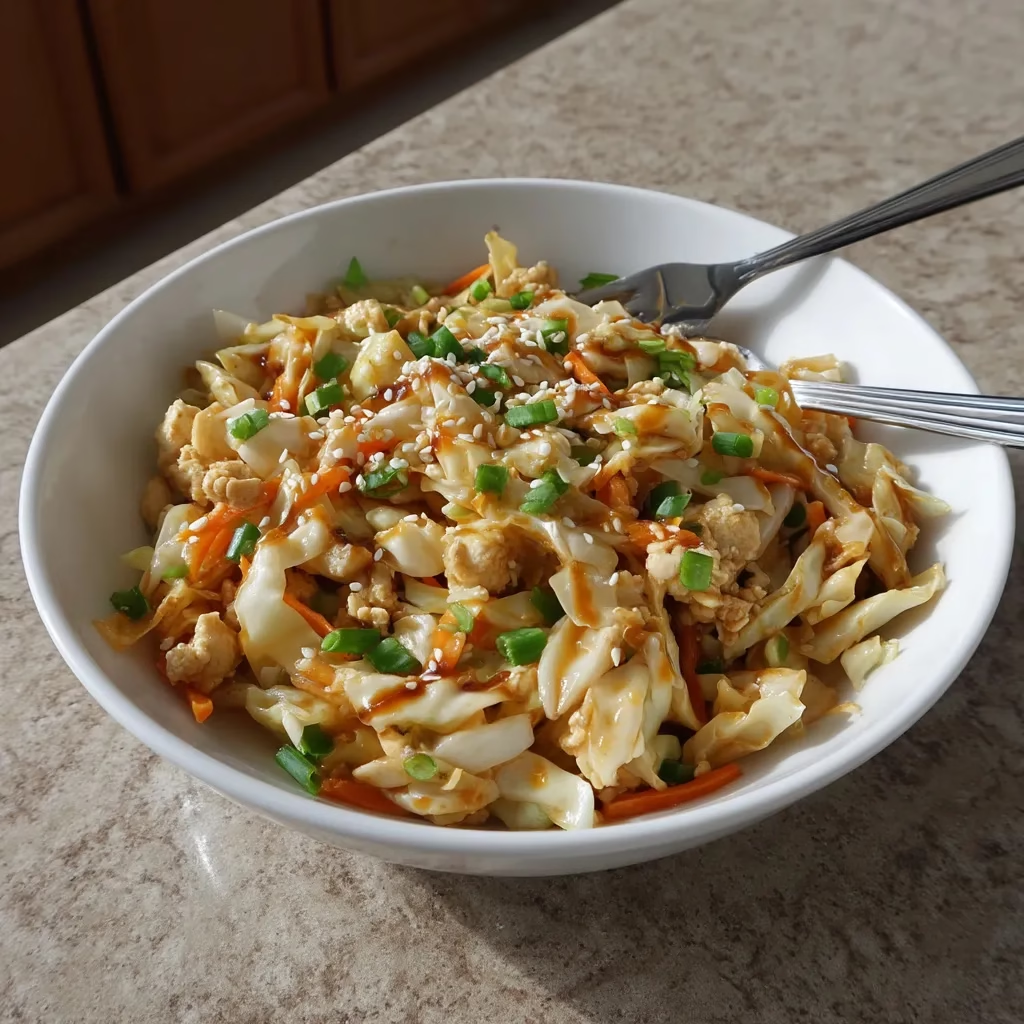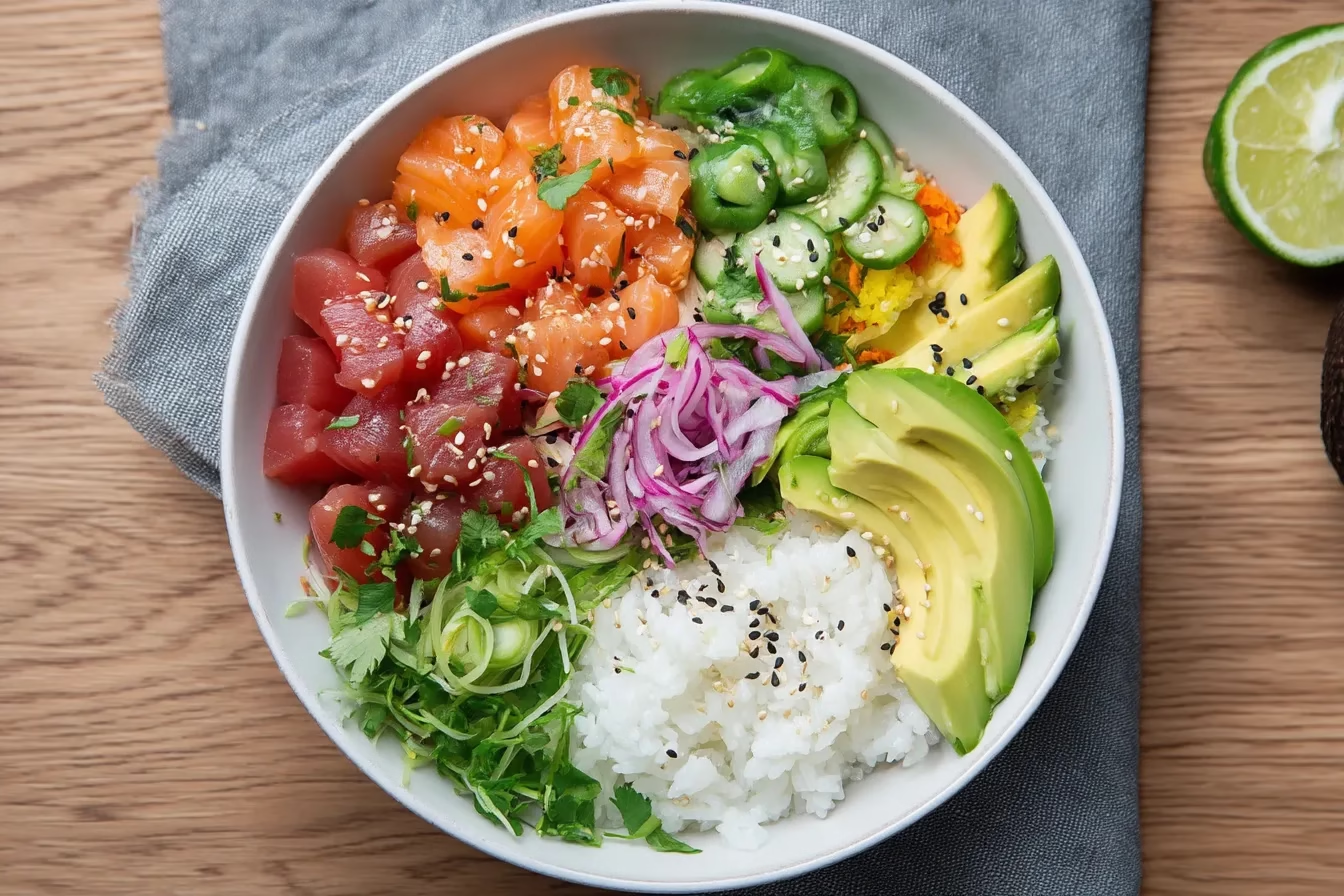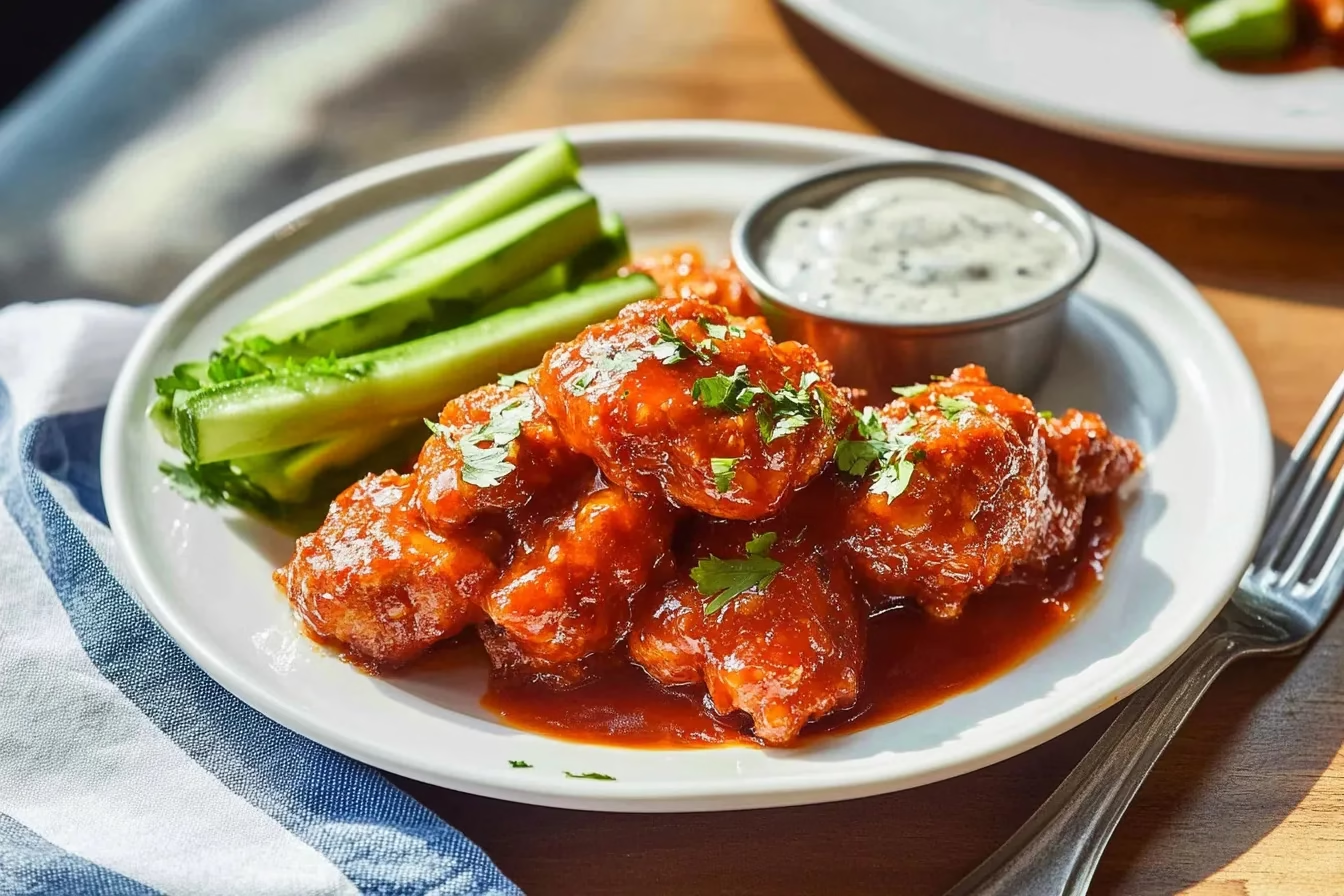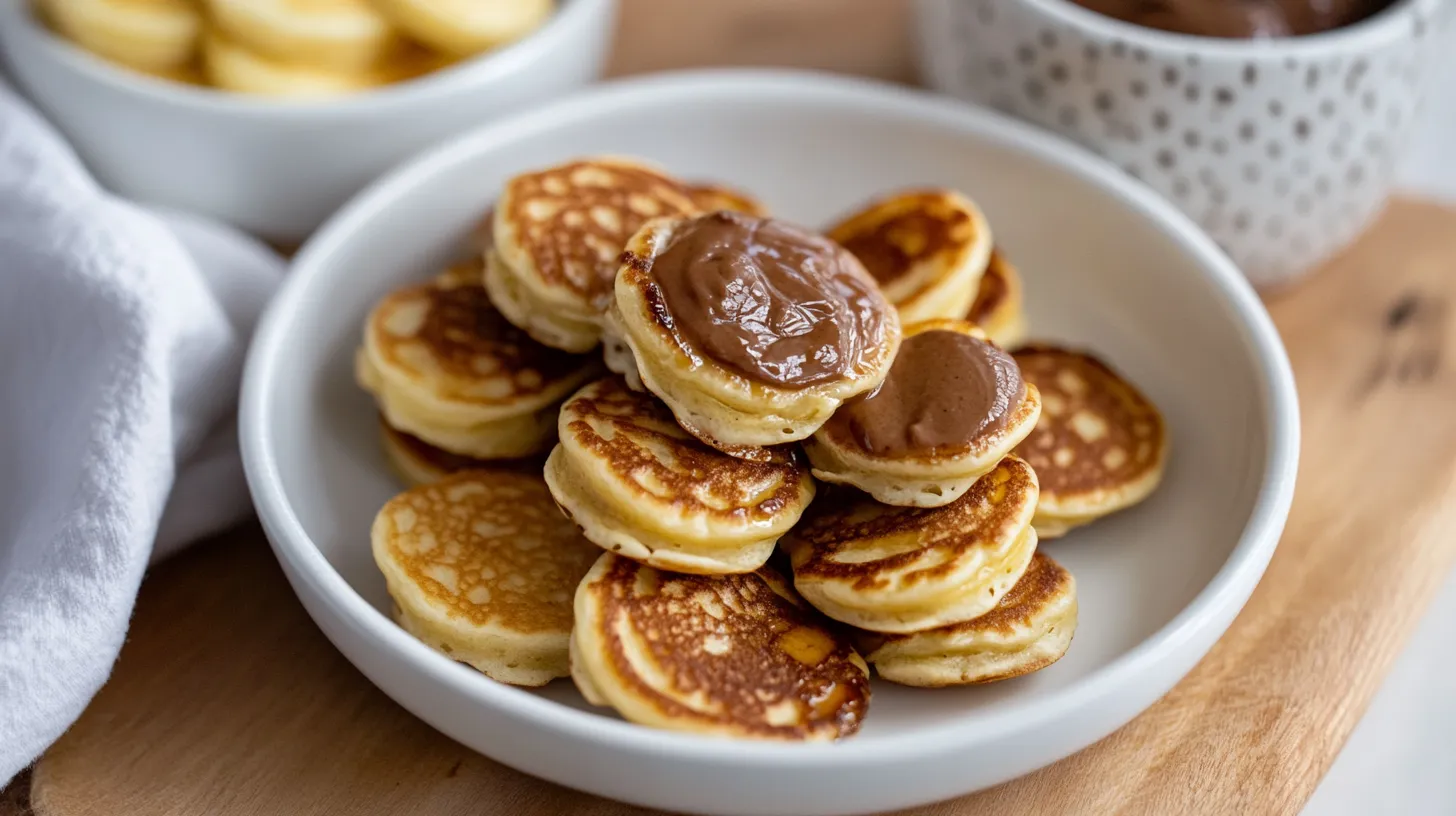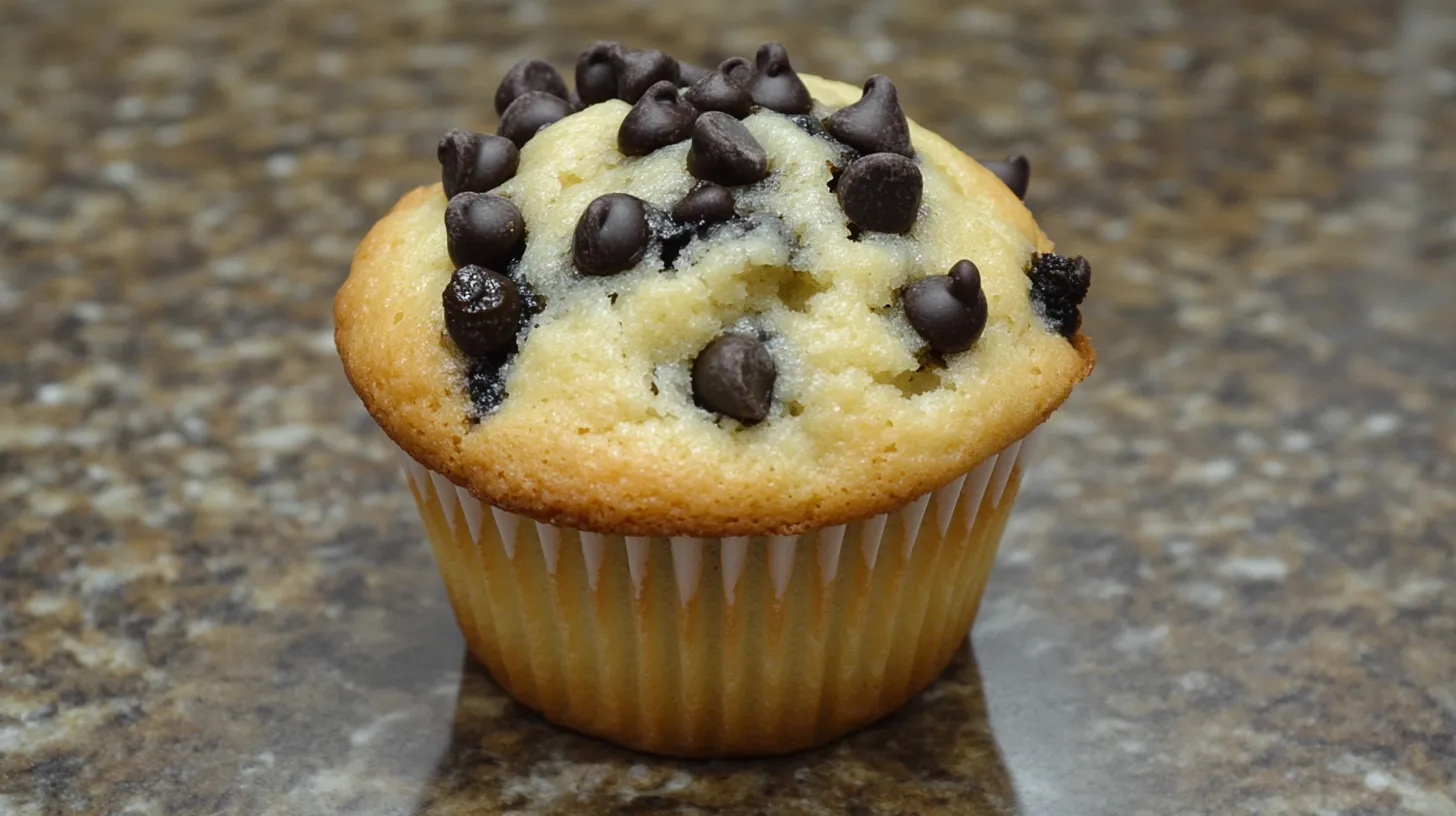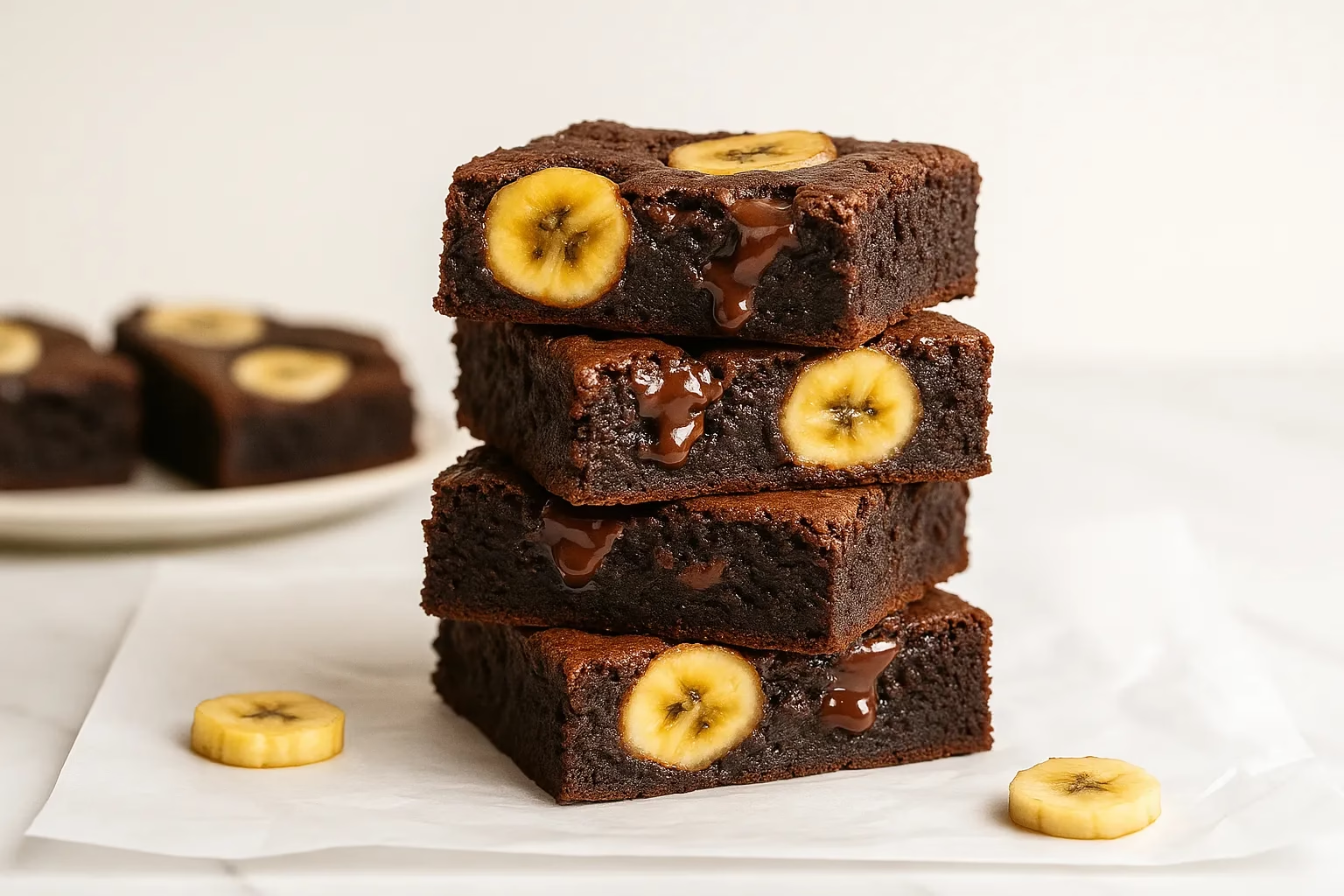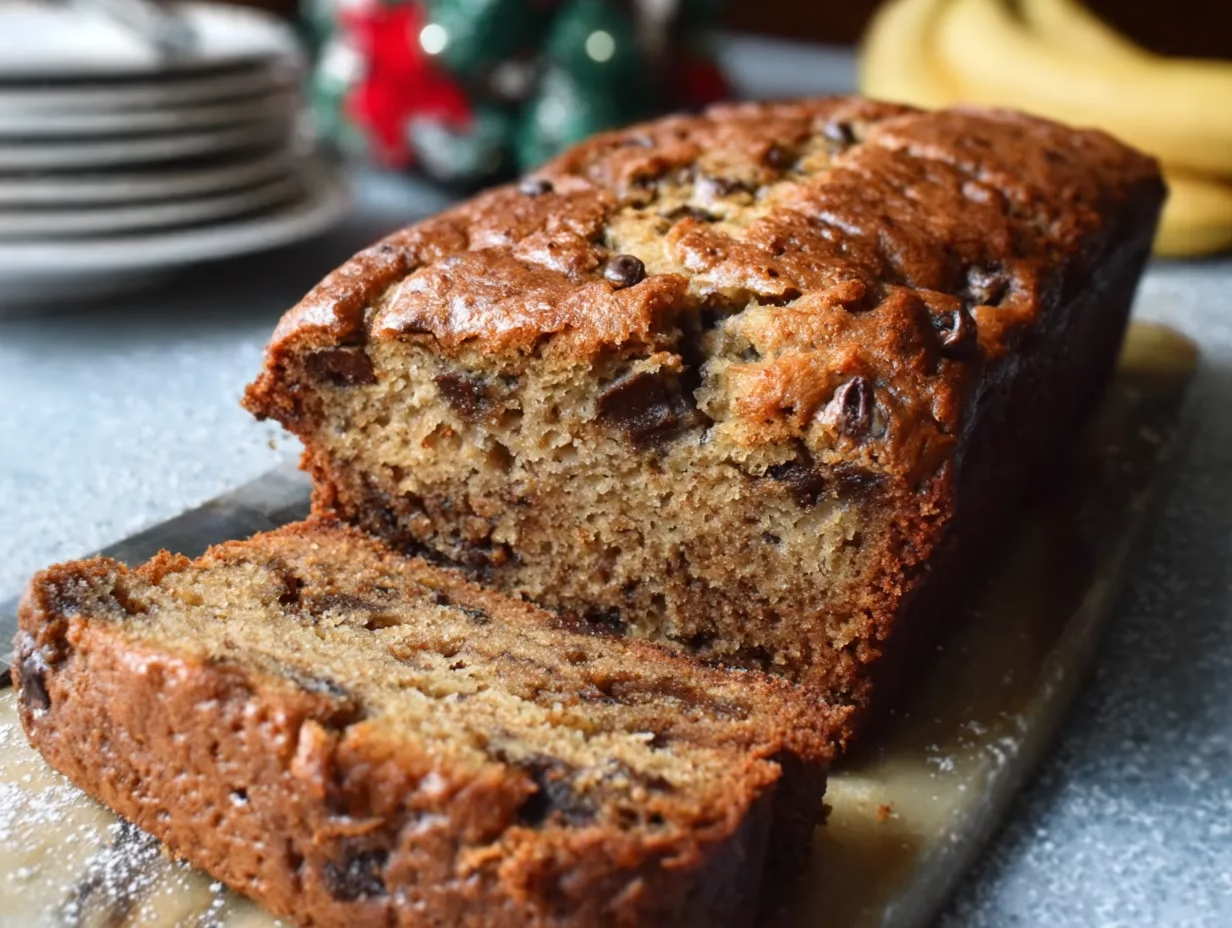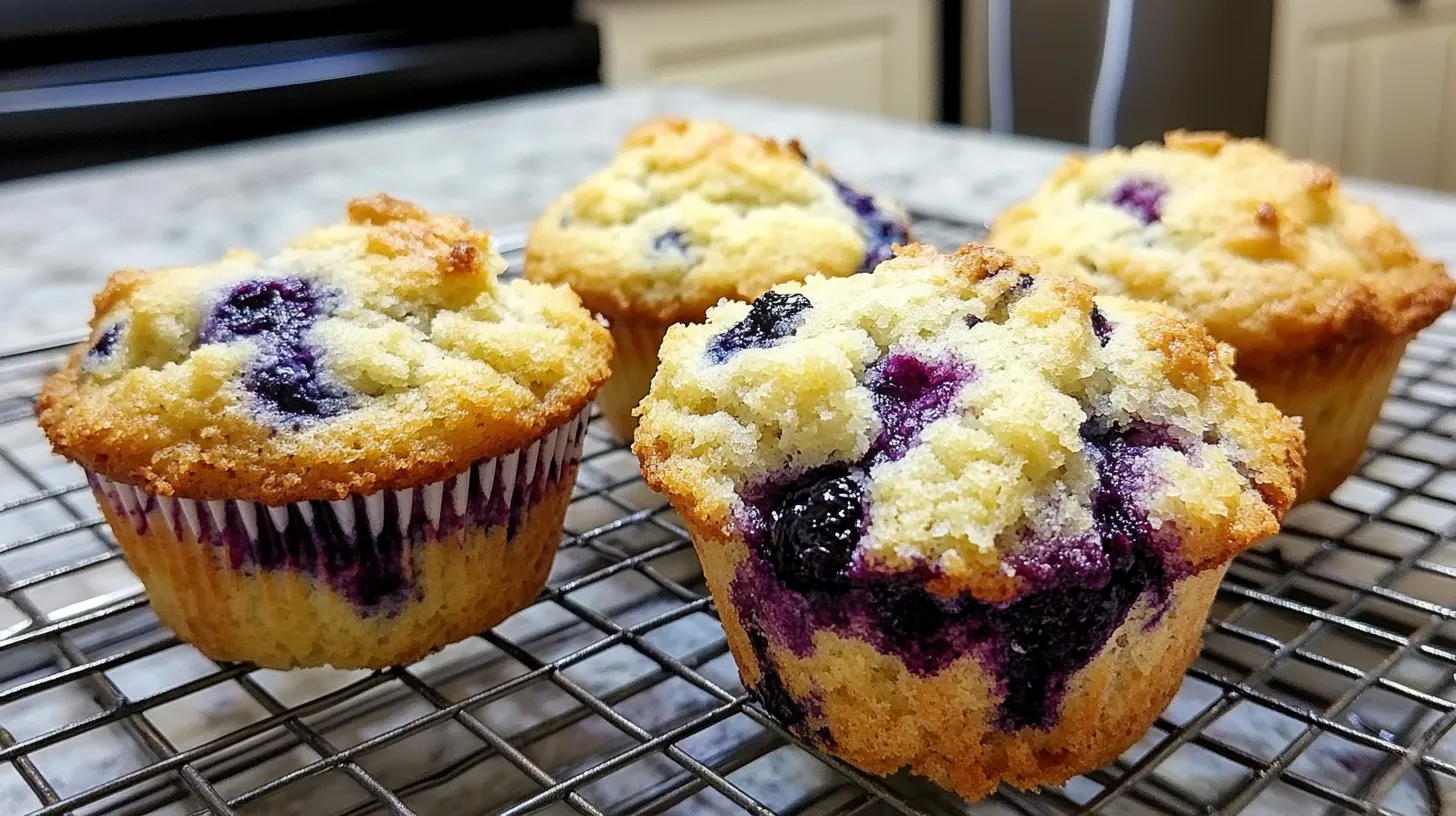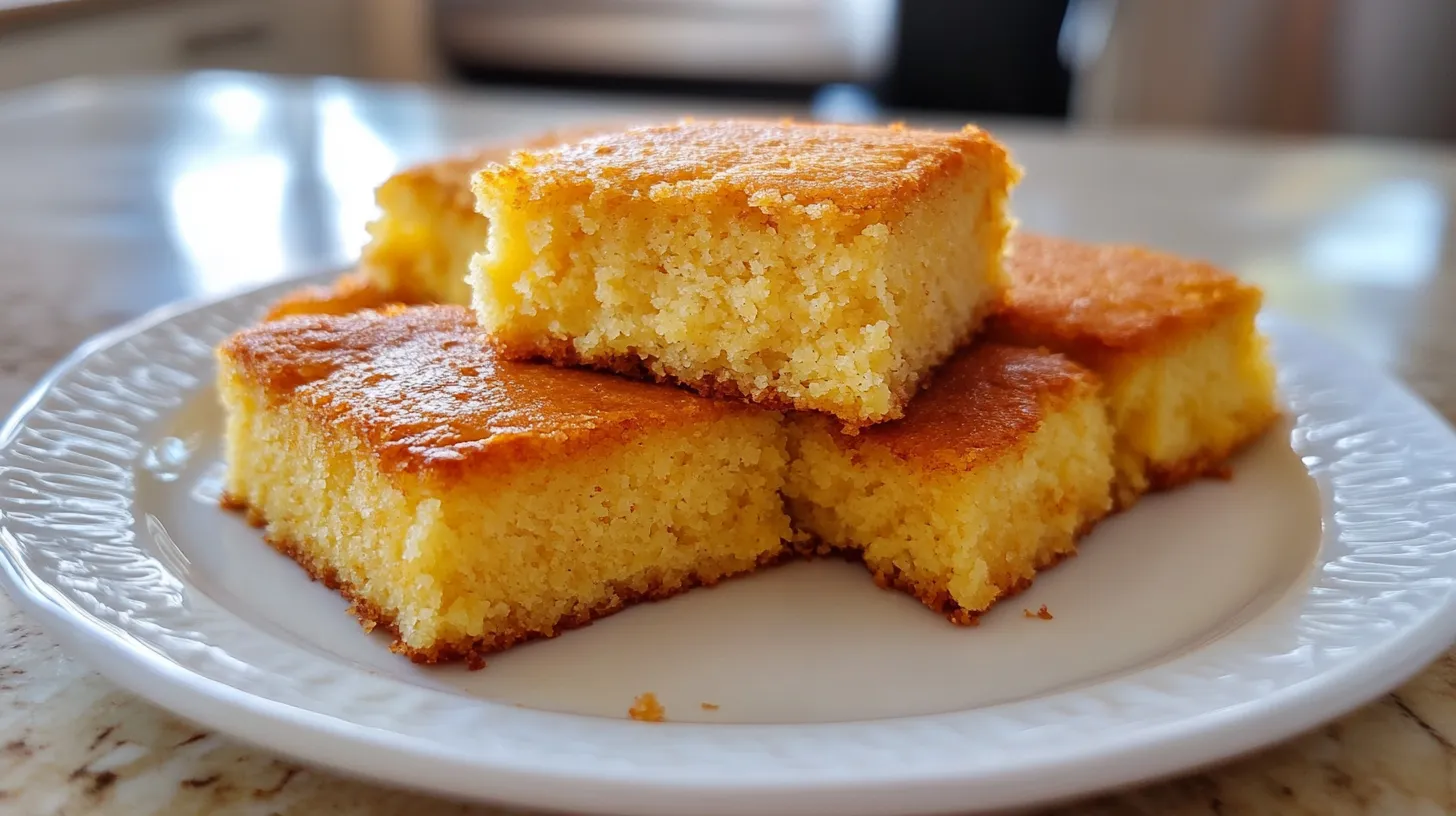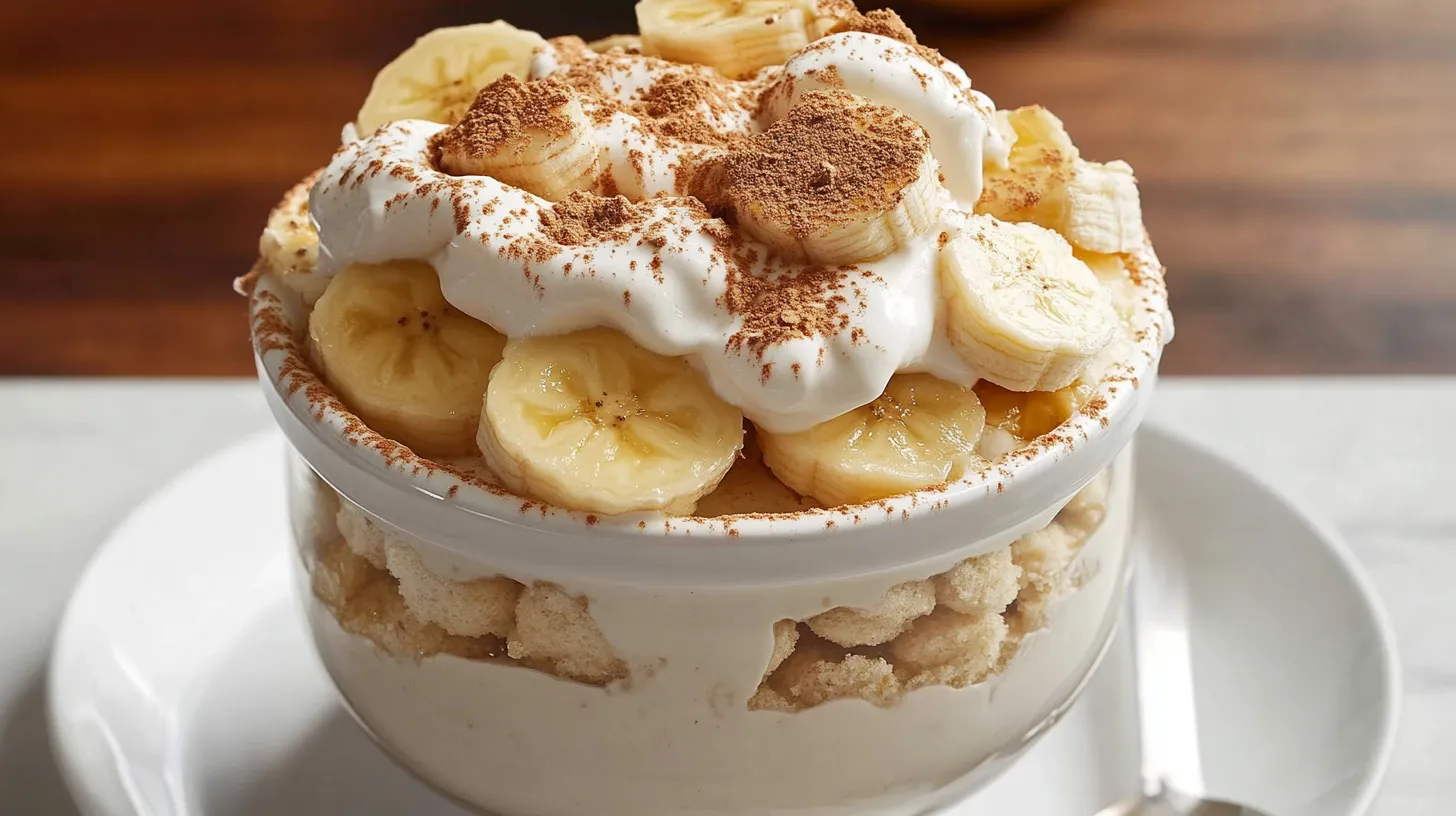I’m excited to share with you the magic of starting your day with a Superfood Breakfast. It’s not only delicious but also packed with nutrients!
I remember my first experience with a Healthy Acai Bowl. The flavors and textures were amazing. It was love at first bite!
As someone who loves healthy eating, I’m excited to explore Acai Bowls. In this article, I’ll show you how to make this nutritious breakfast at home.
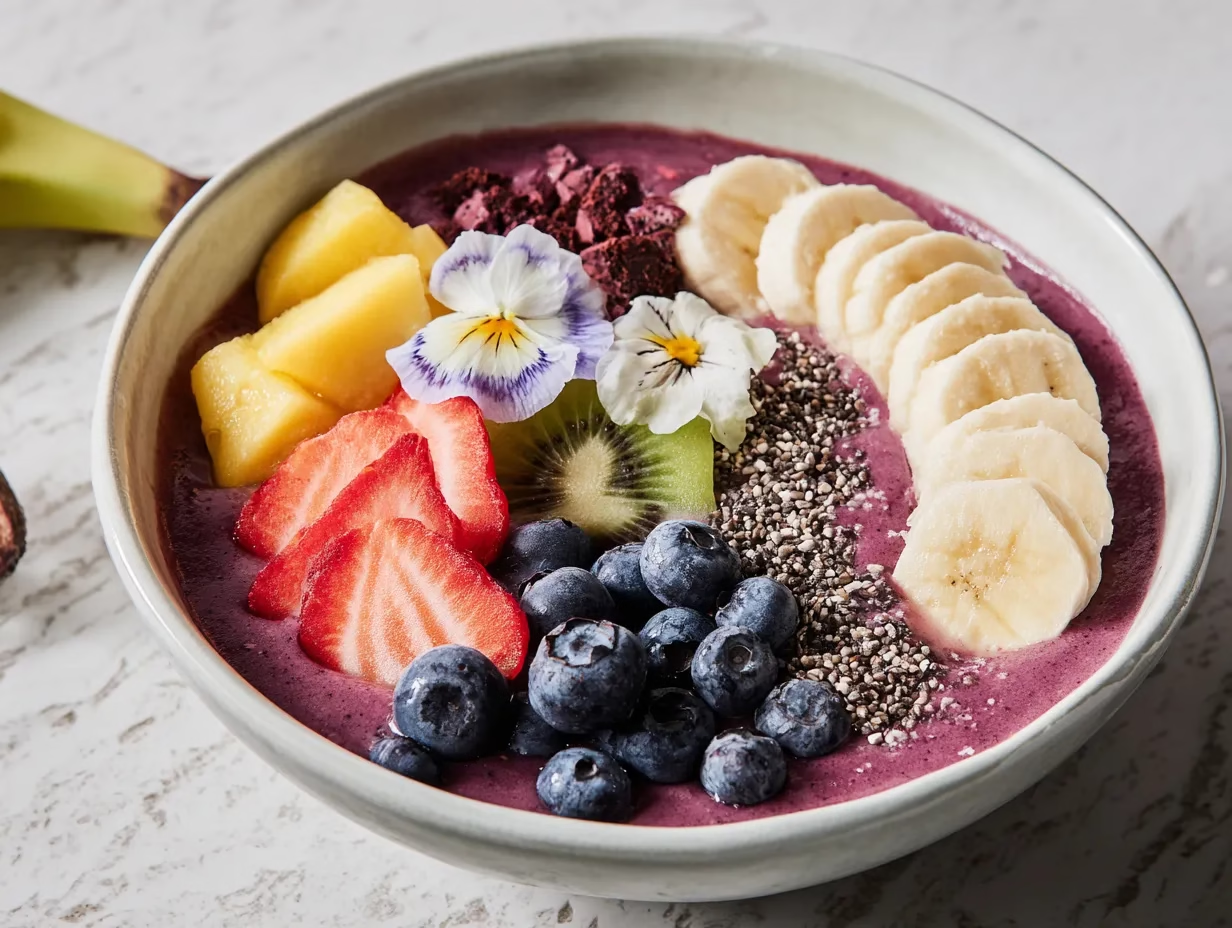
Acai Bowl
Equipment
- High-speed blender
- Serving bowls
Ingrédients
- 1 packet frozen acai puree (100g)
- 1/2 frozen banana, sliced
- 1/2 cup frozen strawberries
- 1/2 cup frozen blueberries
- 1/2 cup almond milk
- 1 tbsp honey
- granola, for topping
- fresh fruits (e.g., banana slices, strawberries, blueberries), for topping
- chia seeds, for topping
- coconut flakes, for topping
Instructions
Prepare the Acai Base
- In a high-speed blender, combine the frozen acai puree, frozen banana slices, frozen strawberries, frozen blueberries, almond milk, and honey.
- Blend on high until smooth and creamy. If needed, add a little more almond milk to reach desired consistency.
Assemble the Bowl
- Pour the acai mixture into serving bowls.
- Top with granola, fresh fruits, chia seeds, and coconut flakes as desired.
- Serve immediately and enjoy!
Video
Notes
Special Notes
- For a vegan version, replace honey with maple syrup.
- Use unsweetened almond milk to reduce sugar content.
- Freeze your serving bowls beforehand to keep the acai mixture cold longer.
- Customize toppings with your favorite fruits, nuts, or seeds.
- Blend with less liquid for a thicker, spoonable consistency.
Nutrition
Table of Contents
Key Takeaways
- Discover the nutritional benefits of starting your day with an Acai Bowl
- Learn how to make a healthy Acai Bowl at home with simple ingredients
- Explore the origin and history of Acai Bowls
- Get tips on customizing your Acai Bowl to suit your taste preferences
- Understand why Acai Bowls are considered a superfood breakfast
What is an Acai Bowl?
Acai Bowls are a big hit in the health food world. They are a mix of frozen Acai berries, fruits, granola, and more. This combo makes a tasty and healthy breakfast or snack.
Acai Bowls come from the Amazon rainforest. Acai berries grow on the Acai palm tree, found in Central and South America.
Origin of Acai Berries
For centuries, Acai berries were a key food for Amazon people. They ate them as fruit or used them in cooking. These berries are full of antioxidants, fiber, and healthy fats.
« Acai berries are considered a ‘superfood’ due to their high nutritional value and possible health benefits. »
Nutritional Profile of Acai
Acai berries are very nutritious. They have lots of antioxidants, fiber, and healthy fats. Here’s what they offer:
| Nutrient | Amount per 100g |
|---|---|
| Calories | 534 |
| Total Fat | 32g |
| Dietary Fiber | 7g |
| Antioxidants | High |
They also have important minerals like potassium and magnesium.
Health Benefits of Acai Bowls
So, why are Acai Bowls good for you? They offer many benefits:
- High Antioxidant Content: Acai berries fight off free radicals.
- Supports Heart Health: They have fiber, healthy fats, and antioxidants for the heart.
- Aids in Digestion: Their fiber helps with digestion and bowel movements.
Why Choose Acai Bowls for Breakfast?
Starting your day with an Acai Bowl can change your morning routine. They are full of nutrients and can be made to fit any taste.
Superfood Benefits
Acai Bowls are superfoods because they have lots of antioxidants and nutrients. They are rich in fiber, vitamins, and minerals. This helps your health a lot.
The antioxidants in Acai berries fight free radicals. This might lower inflammation and improve heart health.
Some key benefits of Acai Bowls are:
- High in antioxidants
- Supports heart health
- Aids in digestion due to high fiber content
- May help in reducing inflammation
Energy Boost for Your Day
People choose Acai Bowls for their natural energy boost. Acai berries, fruits, and granola give energy that lasts. This keeps you full and focused in the morning.
To get more energy, try adding:
- Bananas for potassium
- Nuts or seeds for a protein kick
- Cocoa nibs for a chocolatey energy boost
Versatile Meal Option
Acai Bowls are great because you can change them up. They are perfect for anyone with special dietary needs. Whether you’re vegan, gluten-free, or just want something new, Acai Bowls are a good choice.
Here are some ways to make your Acai Bowl your own:
- Try different milks or yogurts
- Add various fruits and nuts
- Use honey or maple syrup for sweetness
Learning how to make Acai Bowl is simple. It opens up a world of healthy and tasty breakfast options.
How to Make the Perfect Acai Bowl
Making a tasty Acai Bowl is simple. I’ll show you how. Just a few ingredients and some fun toppings can make a bowl that’s just right for you.
Ingredients You’ll Need
You’ll need a few key things to start. Frozen Acai berries are the heart of any Acai Bowl. They’re packed with antioxidants and give the bowl its deep purple color. You’ll also need almond milk or coconut water to blend with the Acai.
Don’t forget a banana or other frozen fruit. They add sweetness and creamy texture. You might also want spinach or greens for extra nutrition, or protein powder for a post-workout snack.
Steps to Blend the Perfect Base
Blending the base is about finding the right mix. Start with frozen Acai berries, then add almond milk or coconut water. Throw in a frozen banana or fruit for sweetness and creaminess.
Blend everything on high until it’s smooth. You might need to stop and scrape the sides. Adjust the mix with more liquid or fruit if needed.
Creative Topping Ideas
Get creative with your toppings. Fresh fruit like berries or mango adds sweetness. Granola or nuts give a nice crunch.
Try coconut flakes, cacao nibs, or a drizzle of honey. The goal is to find your favorite mix.
Popular Acai Bowl Variations
Acai Bowls are full of tasty options. You can mix and match ingredients to make your own special bowl. This lets you try new flavors and find your favorite.
Tropical Acai Bowl
A Tropical Acai Bowl is a fun twist. It includes mango, pineapple, and kiwi. Just blend Acai with frozen pineapple and coconut milk. Then, add fresh fruits, granola, and shredded coconut on top.
Nutty Chocolate Acai Bowl
Chocolate fans will love the Nutty Chocolate Acai Bowl. Mix Acai with frozen banana and cocoa powder. Top it with almonds, coconut, and peanut butter for a tasty crunch.
Green Acai Bowl
The Green Acai Bowl is great for adding greens to your diet. Blend Acai with spinach or kale and lime juice. Add green fruits and chia seeds for extra nutrition.
| Variation | Key Ingredients | Topping Ideas |
|---|---|---|
| Tropical Acai Bowl | Mango, Pineapple, Coconut Milk | Fresh Tropical Fruits, Granola, Shredded Coconut |
| Nutty Chocolate Acai Bowl | Cocoa Powder, Frozen Banana, Peanut Butter | Sliced Almonds, Shredded Coconut, Chocolate Chips |
| Green Acai Bowl | Spinach, Kale, Lime Juice | Green Fruits, Chia Seeds, Coconut Flakes |
These are just a few ideas for Acai Bowls. Don’t be afraid to try new things. Mix different fruits, nuts, and seeds to find your favorite!
Where to Find Acai Bowls
If you’re craving a healthy Acai Bowl, you’re in luck. They’re everywhere!
Acai Bowls are super popular. You can find them in health food stores, cafés, and juice bars. They’re also available for delivery online.
Health Food Stores
Health food stores are a great spot for Acai Bowls. Many have cafes or smoothie bars. Stores like Whole Foods and Sprouts Farmers Market often have them.
Cafés and Juice Bars
Cafés and juice bars are also great for Acai Bowls. Places like Juice Press and The Juice Joint have many options. They use fresh, organic ingredients for a tasty and healthy meal.
Online Delivery Options
Online delivery is perfect for busy people. Uber Eats, GrubHub, and DoorDash offer Acai Bowls. You can also find services that specialize in healthy meals.
Here’s a quick comparison of where to find Acai Bowls:
| Location | Typical Quality | Price Range |
|---|---|---|
| Health Food Stores | High-quality, organic ingredients | $8-$12 |
| Cafés and Juice Bars | Fresh, often organic ingredients | $7-$11 |
| Online Delivery | Varies by restaurant/store | $8-$15 (plus delivery fee) |
Whether you want to grab an Acai Bowl or have it delivered, there are many choices. Just make sure to check the ingredients and nutrition to meet your dietary needs.
Acai Bowl vs. Other Smoothie Bowls
I love trying new breakfasts, so I’m always curious about acai bowls. They’re popular, and knowing their differences helps us choose better breakfasts.
Let’s look at what matters: nutrition, taste, and texture. These help us pick if an acai bowl is for us or if another is better.
Nutritional Comparisons
Acai bowls are known for their antioxidants. Acai berries are full of fiber, healthy fats, and antioxidants. They’re a great choice for nutrition.
Other smoothie bowls use different bases like banana or mango. They’re nutritious too, but they don’t have acai’s special antioxidants. For example, banana bowls are high in potassium, and mango bowls are full of vitamin A.
Flavor Profiles
Acai bowls taste unique. Acai’s deep, sweet flavor works well with many toppings. The bitterness is balanced by fruit sweetness, making a great taste.
Other bowls offer different tastes. Pitaya bowls are milder, while mango bowls are sweeter. It’s all about what you like and your toppings.
Texture Differences
Acai bowls are thick and creamy. This comes from blending frozen acai with bananas or milk. This texture is satisfying and holds toppings well.
Other bowls can be different. Berry bowls are icy, while yogurt and fruit bowls are creamier. Your favorite texture depends on what’s in it.
Tips for Choosing Quality Acai Products
The secret to a great Acai Bowl is choosing high-quality Acai products. With Acai Bowls getting more popular, it’s hard to pick the best one.
Let’s look at some key tips for making a good choice. First, knowing the difference between frozen and powdered Acai is important.
Frozen vs. Powdered Acai
When picking between frozen and powdered Acai, think about what you want. Frozen Acai keeps more nutrients and tastes fresher. Powdered Acai is easier to use and lasts longer.
If you want the real Acai taste, go for frozen. But if you need something easy, powdered Acai works well.
Reading Labels
It doesn’t matter if you pick frozen or powdered Acai. Reading labels is key. Look for products without additives, preservatives, or too much sugar. Choose ones with few ingredients and clear labels.
- Check for certifications like USDA Organic or Non-GMO.
- Be careful of products with unclear where they come from.
- Make sure the product is full of antioxidants and fiber.
Organic Options
Choosing organic Acai makes your Acai Bowl better. Organic Acai is grown without harmful chemicals, making it healthier and better for the planet.
By picking organic and quality Acai, you make your Acai Bowl taste better and more nutritious. You also help the environment by supporting green farming.
The Role of Acai Bowls in Healthy Eating
Acai Bowls can change your diet for the better. They’re not just for breakfast. They’re great for a healthy eating plan. Adding Acai Bowls to your meals can boost your nutrition and keep your diet interesting.
Incorporating into a Balanced Diet
To add Acai Bowls to your diet, mix them with other healthy foods. Try adding fruits, nuts, seeds, and whole grains. For example, bananas, almond butter, and chia seeds make your Acai Bowl even better. Variety is key for a balanced diet, and Acai Bowls are a tasty addition.
Portion Control Tips
Even though Acai Bowls are nutritious, watch your portion sizes. They can have 300 to 600 calories, depending on toppings. Be careful with toppings like nuts and granola. A good rule of thumb is to balance fruits, healthy fats, and protein without too many high-calorie toppings.
Meal Prep Ideas
Meal prep helps keep your diet on track, and Acai Bowls fit right in. Prepare Acai base in small containers and freeze them. In the morning, top with your favorite fruits, nuts, and seeds. This saves time and starts your day with a healthy meal.
Acai Bowl for Fitness Enthuasiasts
If you love working out, you’re always looking for foods that help. Acai Bowls are not just a cool breakfast. They’re packed with nutrients that help you reach your fitness goals.
Pre-Workout Fuel
What you eat before working out matters a lot. Acai Bowls are great because they have complex carbs, fiber, and antioxidants. The fruit’s natural sugars give you energy that lasts, helping you get through tough workouts.
Key Pre-Workout Nutrients in Acai Bowls:
- Complex Carbohydrates
- Fiber
- Antioxidants
Post-Workout Recovery
After a hard workout, your body needs to heal and rebuild. Acai Bowls can help with this. Add protein like nuts, seeds, or protein powder to help your muscles recover. The antioxidants in Acai also reduce muscle inflammation, making recovery easier.
Customizing for Protein Needs
Protein is key for fixing and growing muscles. You can make your Acai Bowl more protein-rich by adding toppings. Here’s a table to help you pick high-protein options:
| Topping | Protein Content (approx.) |
|---|---|
| Almonds (1 oz) | 6 grams |
| Chia Seeds (1 oz) | 5 grams |
| Whey Protein Powder (1 scoop) | 25 grams |
Adding these protein-rich toppings turns your Acai Bowl into a meal that helps you recover after working out.
Seasonal Acai Bowl Inspirations
Let’s explore seasonal Acai Bowl ideas to make breakfast fun all year. Acai Bowls are great because you can change them with the seasons. Use fresh ingredients to keep your meals tasty and interesting.
Fall Flavors
When fall comes, warm spices and autumn fruits shine in your Acai Bowl. Try adding:
- Pumpkin puree for a seasonal twist
- Cinnamon and nutmeg for a warm, spicy flavor
- Fresh apples or pears for a crunchy texture
Summer Specials
Summer brings light and refreshing flavors. Make your Acai Bowl special with:
- Fresh berries like strawberries, blueberries, or raspberries
- Mango or pineapple for a tropical twist
- Coconut flakes for added texture and flavor
These summer treats make your Acai Bowl a refreshing start to your day.
Holiday-Themed Bowls
Holidays can also inspire your Acai Bowls! For Christmas, try:
- Cranberries for a festive touch and a boost of antioxidants
- A sprinkle of edible gold dust for luxury
- Orange zest to reflect the vibrant colors of the season
Creating holiday-themed Acai Bowls is a fun way to celebrate the season.
Acai Bowl Myths Debunked
Acai Bowls have been surrounded by myths and misconceptions. It’s time to separate fact from fiction. As someone who’s dived into the world of Acai Bowls, I’m excited to share the truth behind some of the most common misconceptions.
Misconceptions about Acai
One big myth is that Acai Bowls are a magic bullet for weight loss. While Acai berries have antioxidant properties, they won’t magically make you lose weight. Acai Bowls are just one part of a healthy lifestyle.
Another myth is that Acai berries are only found in certain places. But they’re actually sourced from all over the world. This can affect the nutritional profile and quality of the Acai products you eat.
The Truth About Sugar Content
Many people worry that Acai Bowls are too high in sugar. But the base of an Acai Bowl – made from frozen Acai berries – isn’t too sweet. The key is to be mindful of your toppings and choose options low in added sugars.
To keep your Acai Bowl healthy, use fresh fruit, nuts, and seeds as toppings. You can also try different types of milk or yogurt to reduce sugar content.
Are Acai Bowls Just a Fad?
It’s hard to predict the future, but Acai Bowls have become a staple in many diets. Their versatility and nutritional benefits make them a great choice for meals or snacks.
The adaptability of Acai Bowls is a big advantage. You can customize them to fit any dietary need or preference. This makes them a great option for many people.
Conclusion: The Acai Bowl Craze
Acai Bowls are more than just a trend. They are versatile and packed with nutrients. This makes them a top choice for a healthy breakfast.
The future of Acai Bowls is bright. Future Trends show us more eco-friendly and sustainable options. We’ll see better packaging, local ingredients, and new flavors that mix old and new.
What’s Next for Acai Bowls?
More people want healthy, sustainable food. Acai Bowls fit the bill perfectly. They will keep being a favorite for those who care about their health.
If you love Acai Bowls or are new to them, now is the time to get creative. Try new toppings and flavors. Make your breakfasts more fun and healthy!
Acai Bowl Recipe FAQs
What is an Acai Bowl?
An Acai Bowl is a thick smoothie made from acai berry puree, topped with fruits, granola, seeds, and other nutritious ingredients.
How do you pronounce ‘Acai’?
‘Acai’ is pronounced as ‘ah-sigh-ee’.
What are the health benefits of Acai Bowls?
Acai berries are rich in antioxidants, fiber, and healthy fats, which can support heart health and overall wellness.
Can Acai Bowls help with weight loss?
When consumed as part of a balanced diet, Acai Bowls can be a healthy option, but portion control and ingredient choices are key.
What ingredients are typically used in an Acai Bowl?
Common ingredients include frozen acai puree, bananas, berries, almond milk, granola, and various toppings like nuts and seeds.
Are Acai Bowls vegan-friendly?
Yes, Acai Bowls can be made vegan by using plant-based milk and avoiding animal-derived toppings like honey.
Can I make an Acai Bowl without a blender?
A high-speed blender is recommended to achieve the desired creamy consistency, but some food processors may also work.
Where can I buy frozen acai puree?
Frozen acai puree is available at health food stores, specialty grocery stores, and online retailers.
How do I store leftover Acai Bowl?
Leftovers can be stored in the freezer for up to a week; thaw slightly before consuming for best texture.
What are some popular toppings for Acai Bowls?
Popular toppings include sliced fruits, granola, chia seeds, coconut flakes, and nut butters.
Is it necessary to use frozen fruits in an Acai Bowl?
Using frozen fruits helps achieve a thick, ice-cream-like consistency that’s characteristic of Acai Bowls.
Can I add protein powder to my Acai Bowl?
Yes, adding protein powder is a great way to boost its nutritional value, especially for post-workout meals.
Are Acai Bowls gluten-free?
They can be, but ensure your granola and other toppings are labeled gluten-free.
Can I make Acai Bowls ahead of time?
Yes, but for best texture, store the base separately and add toppings just before serving.
Is acai a superfood?
Yes, acai is considered a superfood due to its high levels of antioxidants and nutrients.
What’s the difference between an Acai Bowl and a smoothie?
An Acai Bowl is thicker and meant to be eaten with a spoon, while smoothies are drinkable.
Can I use fresh acai berries instead of frozen puree?
Fresh acai berries are rare outside of Brazil; most recipes use frozen puree or powder for convenience.
What liquid should I use in my Acai Bowl?
Popular choices include almond milk, coconut water, or regular milk depending on dietary preference.
How can I sweeten an Acai Bowl naturally?
You can use ripe bananas, dates, or a drizzle of maple syrup or honey for natural sweetness.
What makes an Acai Bowl healthy?
Natural ingredients, fiber, and antioxidants contribute to its healthiness, especially when sugar is minimized.
Can kids eat Acai Bowls?
Absolutely! They’re a nutritious, fun, and customizable breakfast or snack for children.
How many calories are in an Acai Bowl?
It varies by ingredients and portion size, but most bowls range from 300 to 600 calories.

